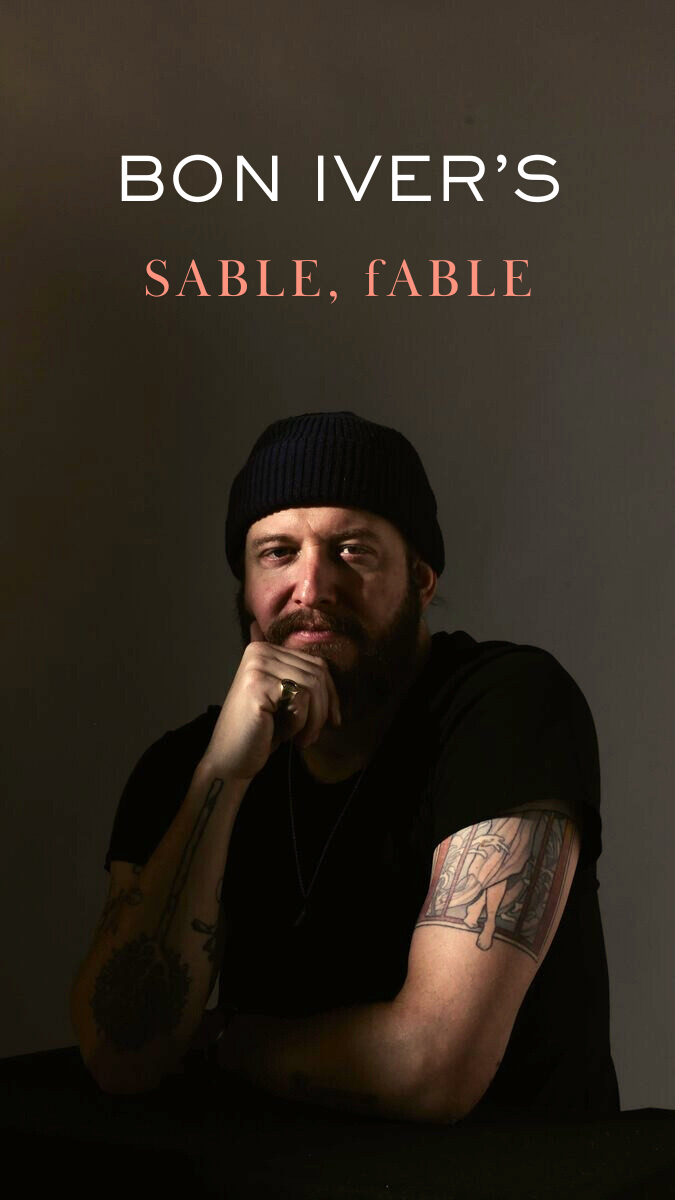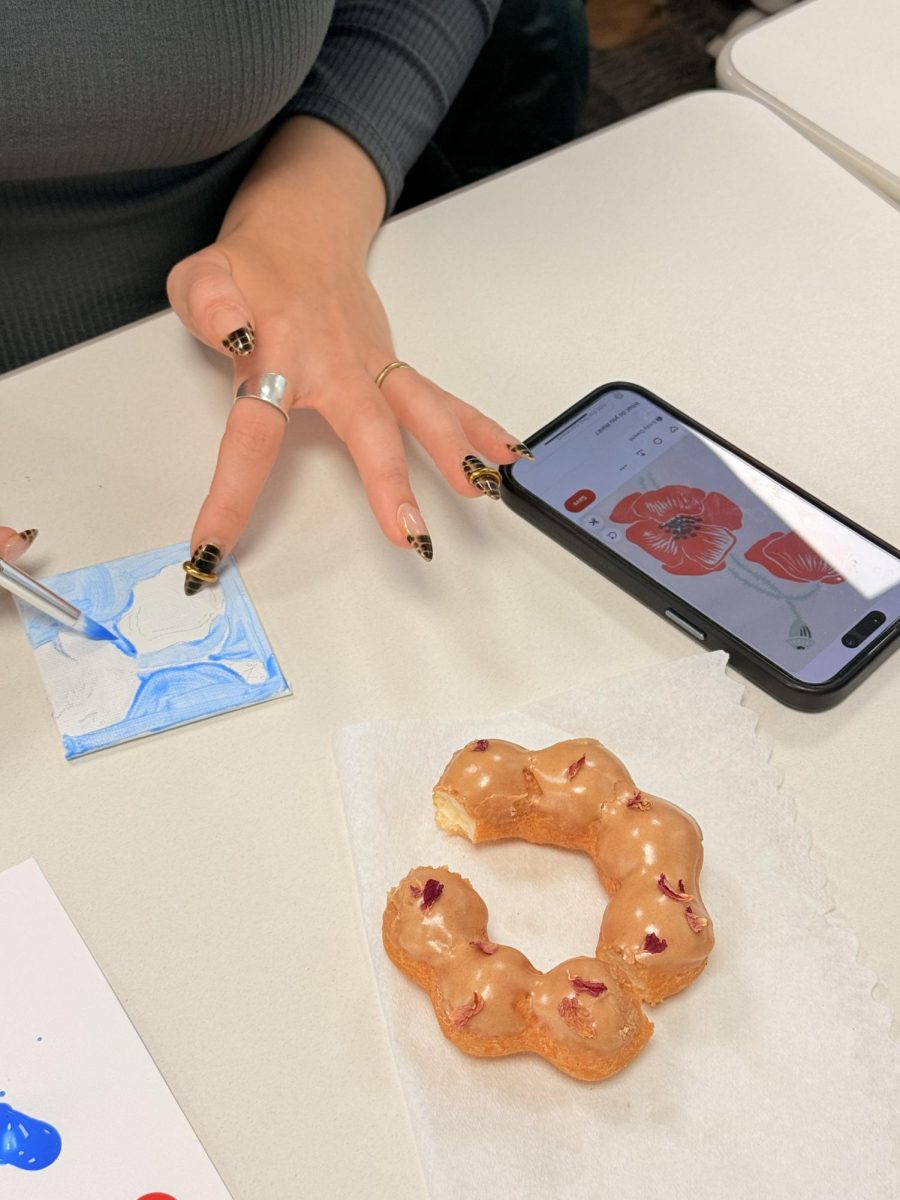Graphic designer Stefan Sagmeister visited Suffolk University on Feb. 27 to deliver a guest lecture and sign copies of his new book “Sagmeister & Walsh: Beauty,” co-written with Jessica Walsh.
Sagmeister’s lecture drew an audience of over 300 students and faculty to the Sargent Hall Function Room. Most of the crowd was comprised of art and design students who follow the Austria-native’s work, who has won two Grammy awards and has designed album covers for the Rolling Stones and Jay-Z.
In Sagmeister’s presentation, he highlighted how an influential factor in defining beauty, besides a person’s individual perception, is the effort and thought put into the artwork. He said that half of categorizing something as beautiful comes from one’s own personal experiences and tastes, and the other half comes from judging art based on emotion.
“It’s not a question about minimalism or maximalism, it’s a question about love and care, and not giving a s***,” said Sagmeister during his lecture.
Suffolk Art and Design Professor Keith Kitz was an organizer of the event that brought the celebrated artist to campus.
“I tell my students all the time about this adage that I have in class: ‘Design loosens and ties in details,’ I believe that intention in design is the most important thing a designer can bring to the table,” said Kitz.
During his lecture, Sagmeister explained how the definition of beauty has transformed over time as society often puts a stronger emphasis on functionality over aesthetics. He demonstrated this idea by showing the audience a picture of the Brooklyn-Queens Expressway underpass while explaining how although it helped with transit, it had a dirty brown color and people would often urinate on its exterior. His company, Sagmeister & Walsh, was hired to paint the walls to enhance the area.
“We were able to transform this from a toilet to a place where couples can take pictures,” said the designer.
Sagmeister emphasized how closely visual aesthetics are related to people’s emotions, which he demonstrated by listing the most beautiful cities around the world, which are popular tourist destinations. Rome, Paris and Cape Town were just a few of the places that he referenced.
At one point, the Austrian artist asked everyone in the audience what their favorite color was. Students voted excitedly, with blue receiving the most votes and brown receiving the least. Sagmeister said he conducts this quick survey in each of his presentations to demonstrate which colors people find most aesthetically pleasing. He said brown is almost always the most unpopular color, while blue is usually the crowd favorite.
Sagmeister advised students to create designs that are not only useful, but are made with beauty in mind. He admitted that although this is difficult, it helps to produce better designs overall.
His presentation was followed by a Q&A session that allowed attendees to interact with him on a more personal level. Afterwards, Sagmeister sat outside of the venue and autographed copies of his book to a large line of students that were eager to meet him.
“He is like the rockstar of all designers, and I think it’s hard to define beauty. I don’t think there’s an actual definition for it and that’s why I wanted to hear what he had to say, but he is right by saying that everything [made] with care is going to be considered beautiful,” said Suffolk freshman graphic design major Emily Knobloch.
In an interview with The Suffolk Journal, the designer admitted to making “many mediocre things,” throughout his career.
“There are definitely situations in my life where I tried hard, but the outcome was less. Some of my projects would have fallen into a time when I didn’t take form seriously yet,” said Sagmeister.
Regardless, he acknowledged how with each project, he has learned from his mistakes and has ultimately grown as an artist.
“At the beginning, I was a very functionalist designer, the idea that everything was on the execution and the form was secondary,” said Sagmeister. “Not everything that I do [turns] out great, even an exhibition or even the book. I don’t think that every page is as good as another page. I think I came out well because we did a good job as well as the producers.”
Sagmeister’s book “Sagmeister & Walsh: Beauty” was released last fall and is available for purchase.














